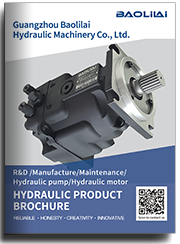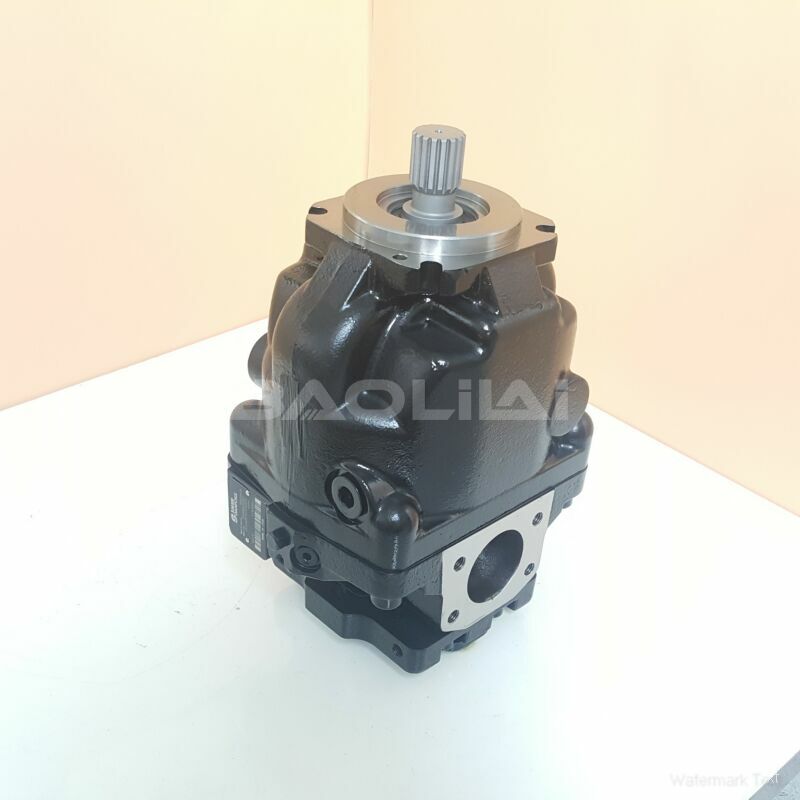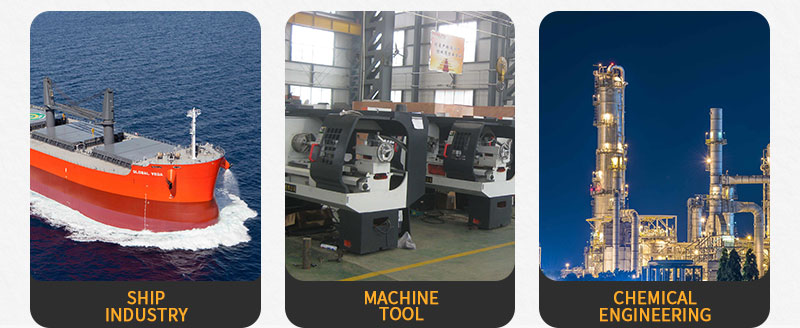ERL130BBS3020NNN3S4CPA1NNNNNNNNNN piston pump
ERL130BBS3020NNN3S4CPA1NNNNNNNNNN piston pump

- Product Details
- Applicable Scene
Additionally, energy-efficient hydraulic fluids should be considered. The type of fluid used can affect the overall efficiency of the system. Opting for high-performance, low-viscosity fluids can reduce friction losses and improve energy transfer efficiency. Always refer to the manufacturer’s recommendations for the best choices in hydraulic fluids for your specific plunger pump.
ER-L-130B-BS-30-20-NN-N-3-S4CP-A1N-NNN-NNN-NNN
ERL130BBS3020NNN3S4CPA1NNNNNNNNNN
Another technique to reduce energy consumption is to recover wasted energy through the implementation of energy recovery systems. For instance, in applications where the discharge pressure exceeds the required pressure, it may be possible to use a pressure-reducing valve or a back-pressure regulator to recapture excess energy. This can lower the overall energy expenditure of the system significantly.

83044710
Training personnel on the proper operation of plunger pumps is vital. Operators should be knowledgeable about the pump’s characteristics and performance metrics to ensure that it is running under optimal conditions. Periodic training sessions can help reinforce best practices and highlight any new technologies or methods developed for energy savings.
In conclusion, reducing energy consumption with plunger pumps requires a holistic approach that includes proper sizing, regular maintenance, optimized operating conditions, appropriate hydraulic fluids, energy recovery practices, and operator training. By implementing these strategies, organizations can achieve greater energy efficiency, resulting in lower operational costs and a reduced environmental footprint.





